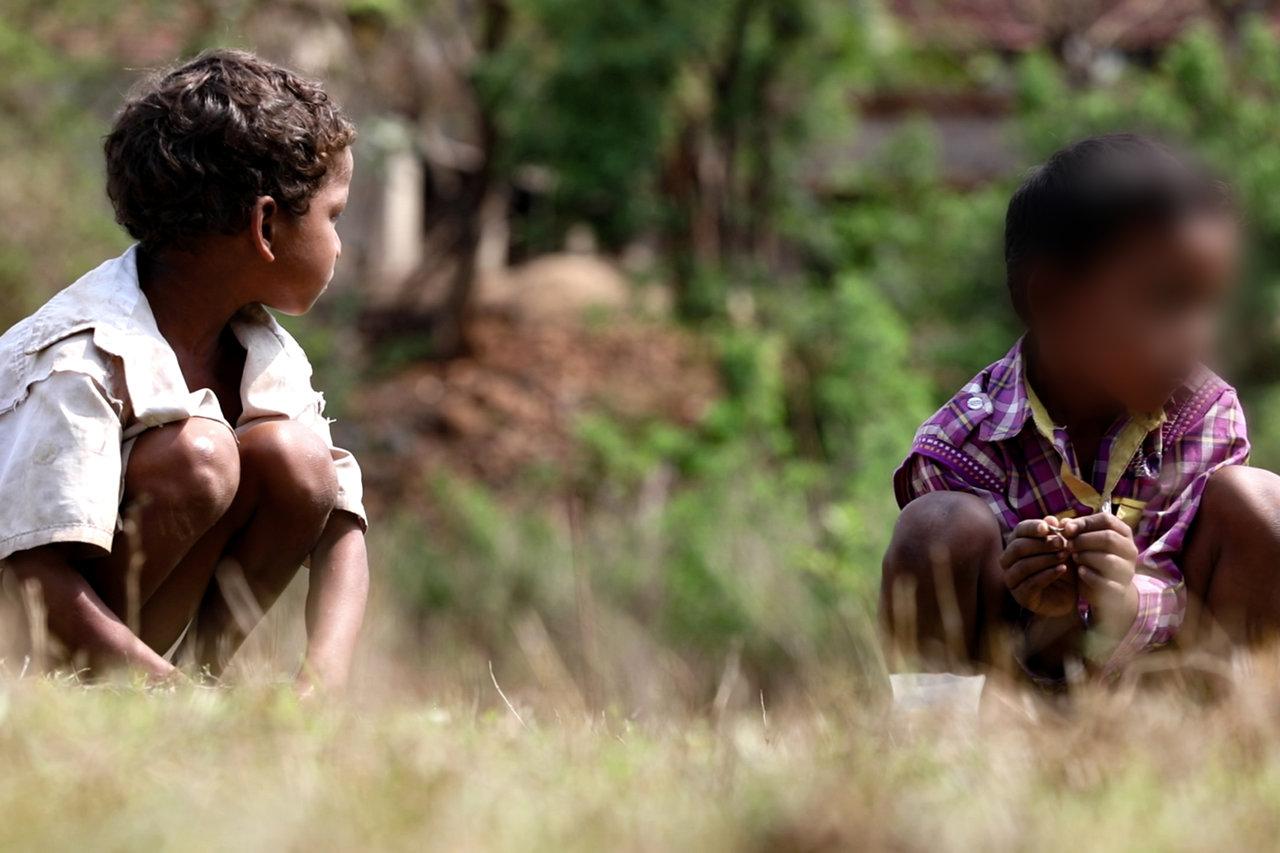An Open Defecation free India: Pointers for Swachh Bharat Mission
FeatureBy 3ie, Emory University & Gram Vikas team
20 February 2019

Open defecation is linked to poor health and wellbeing, especially of women and children. Photograph by Ajaya Behera.
Swachh Bharat Mission’s (SBM or Clean India Mission) goal is to achieve an open defecation-free India by October 2019. This is a daunting task, as studies show that despite having access to a latrine, rural Indian households still prefer defecating in the open for a variety of reasons, such as the fear of having to empty the latrine pit and lack of water at or near the latrine. Odisha, in particular, is considered one of the slow performers under SBM. According to the National Family Health Survey (2015-16), only 35 per cent of the households have access to an improved or unimproved latrine.
In November 2018, three teams working on sanitation in India came together for a learning exchange funded by the Bill & Melinda Gates Foundation. Members from the International Initiative for Impact Evaluation (3ie), Gram Vikas (GV) and Emory University visited villages in the Indian state of Odisha where both Emory and GV are implementing sanitation programmes alongside the Indian government’s Swachh Bharat Mission (SBM or Clean India Mission).
Our goal for the exchange was to learn about how these sanitation behaviour change programmes have worked on the ground. We were looking for answers to the questions of what works and doesn’t to promote latrine use in rural Odisha and how the lessons learned could inform future sanitation policy.

A village community meeting in progress. Photograph by Ajaya Behera.
What did we learn?
100 per cent sanitation coverage requires a focus on quality, equity and social inclusion: The sanitation literature in India suggests that historically marginalised groups are more likely to defecate in the open as they often lack resources to construct toilets. SBM offers an incentive of Rs 12,000 to build a basic toilet and the funds are made available only after toilet construction has been completed and verified. As people often want to construct a better quality toilet or build a bathroom in addition to the toilet, the increased costs may put construction out of reach for vulnerable groups.
Gram Vikas’ programme is notable because it addresses both these issues. First, their model includes a toilet, bathroom and running water connections. Second, GV has a non-negotiable focus on social inclusion. While richer households might construct their toilet and bathroom quickly, it is not until the entire village completes construction that that water supply is started. This implies that an entire village must not only collectively agree to improve sanitation facilities but also identify ways to assist vulnerable households. While this approach is not without limitations (i.e. the programme can take up to three years to complete), it is a unique approach that ensures no household is left behind. Ensuring equal representation of castes and genders on the sanitation committee also ensures different perspectives inform decision-making in an inclusive way.
Facilitation and communication are key for improving community participation: Mobilisation and information, education and communication activities are important for increasing community participation. Folk theatre like Palla, a strategy in Emory’s Sundara Grama (Beautiful Village) programme, can be a low-cost method for conveying sanitation-related messages through stories. The Gram Vikas approach, on the other hand, shows the benefits of intensive community mobilisation for sustaining community participation and ownership in the long term.
For us, this learning exchange visit prompted us to make comparisons and find patterns in our field observations. Whether it is a short-game or a long game approach, understanding field realities, context-related complexities and social norms can make all the difference in designing effective sanitation programmes that can improve lives.
Photograph by Ajaya Behera.
ACKNOWLEDGEMENT
A longer version of the article first appeared in the blog, Evidence Matters, of International Initiative for Impact Evaluation. Author names are in alphabetical order.
ABOUT THE AUTHOR
Alok Ranjan, Apurva Ghugey, Liby T.Johnson and Sangita Patra (Gram Vikas); Gloria D Sclar and Parimita Routray (Emory University); and Neeta Goel and Radhika Menon (3ie).
RELATED BLOGPOSTS
A remote Adivasi village takes steps to ease water stress through efficient groundwater management
A community-led approach ensures water security, sustaining life in harmony with the environment.
From stigma to sustainability: Transforming menstrual health in schools and villages of rural Odisha
A menstrual health initiative promotes eco-friendly practices while empowering young girls and women with sustainable health solutions.
Lost words, found voices: A language revival adventure in rural Gajapati
An SBI YFI Fellow learns Saura and works with students to create an audio-visual dictionary.